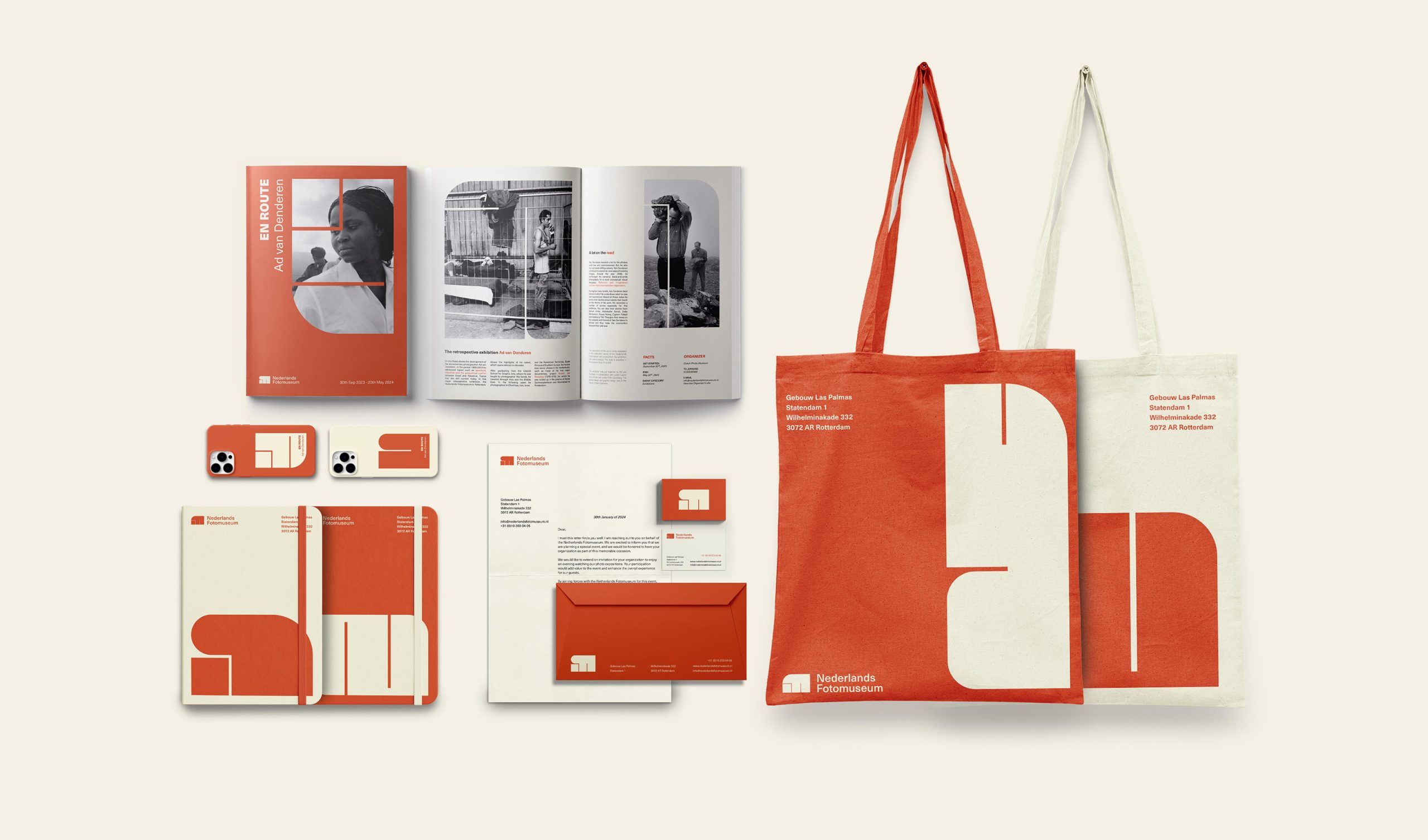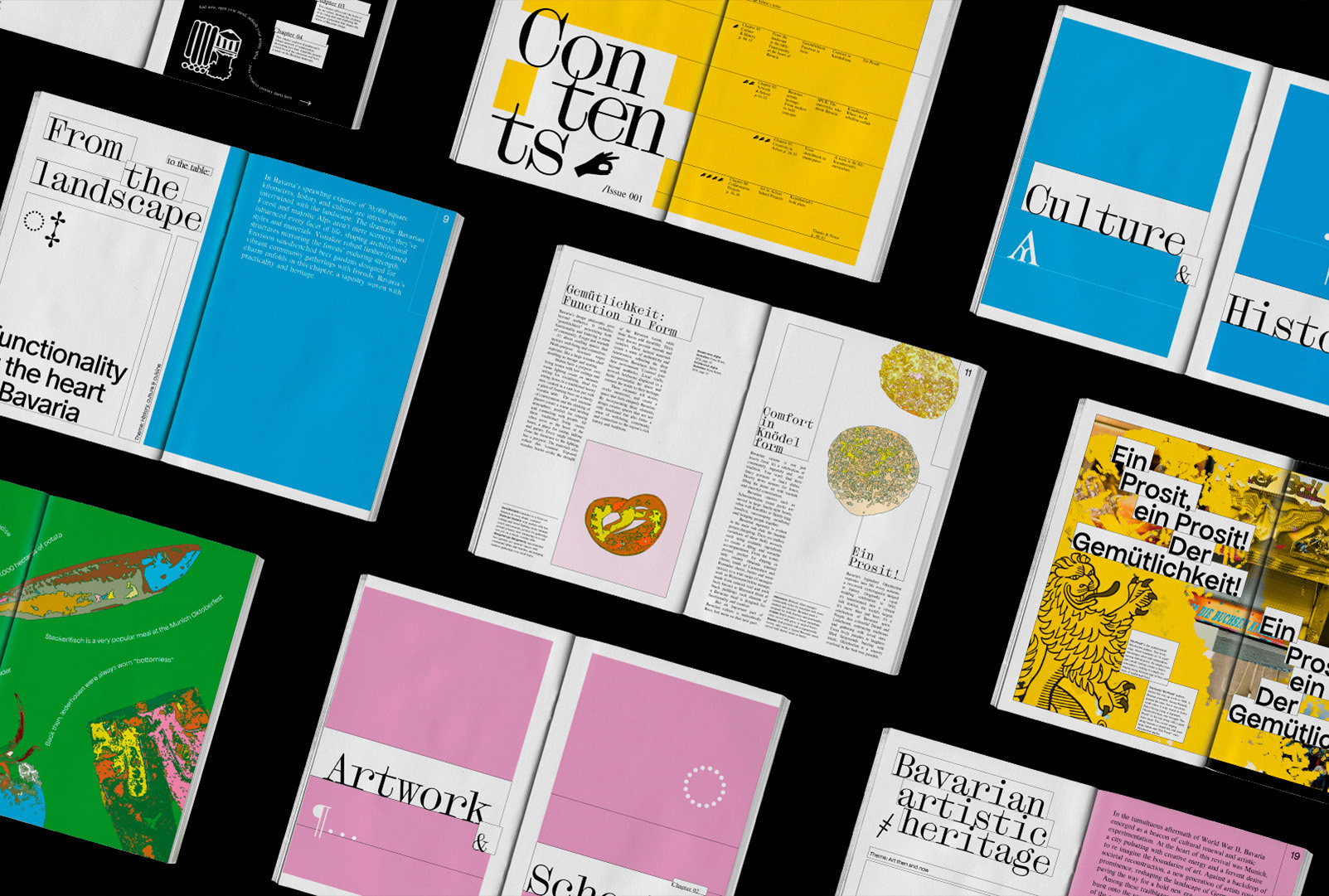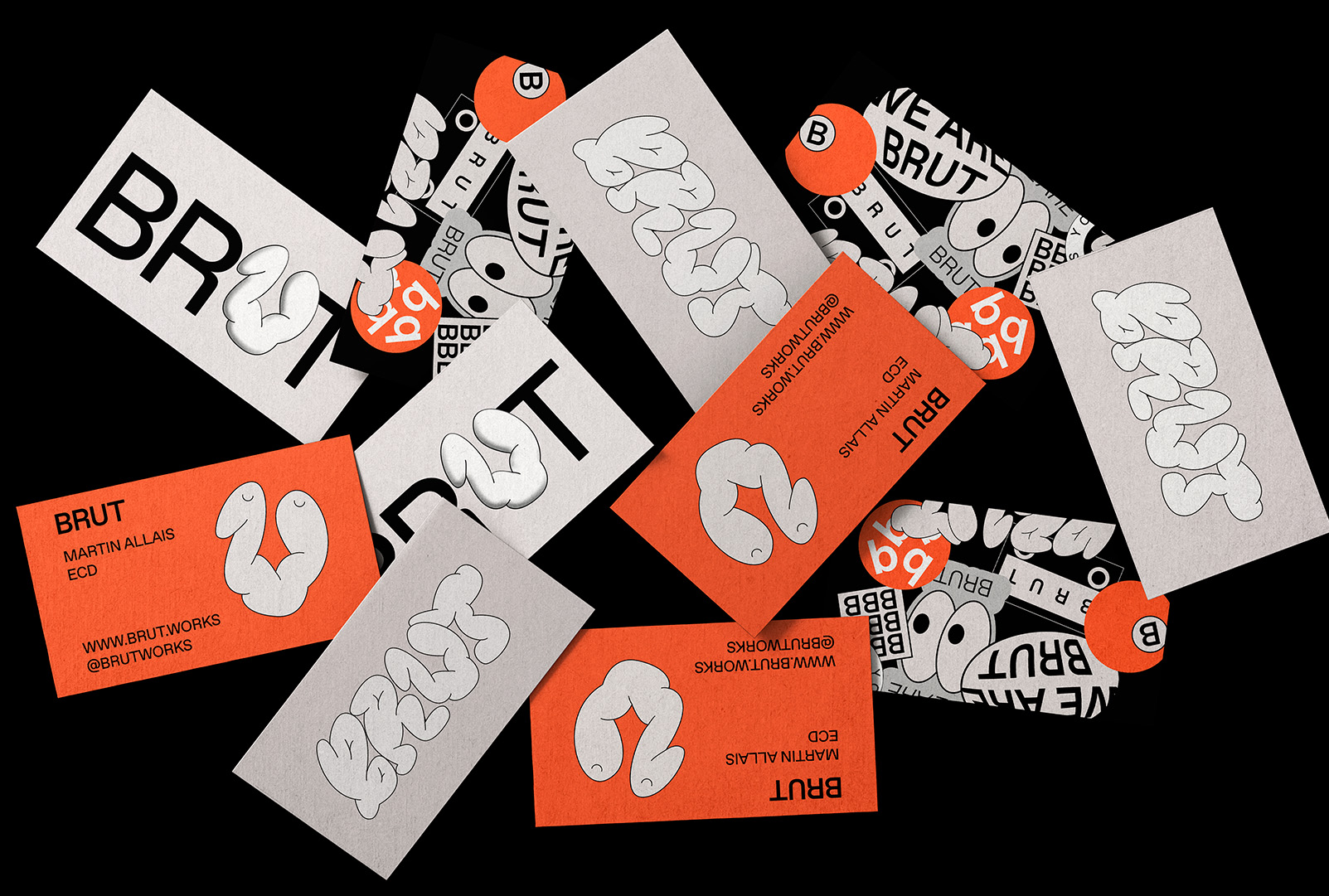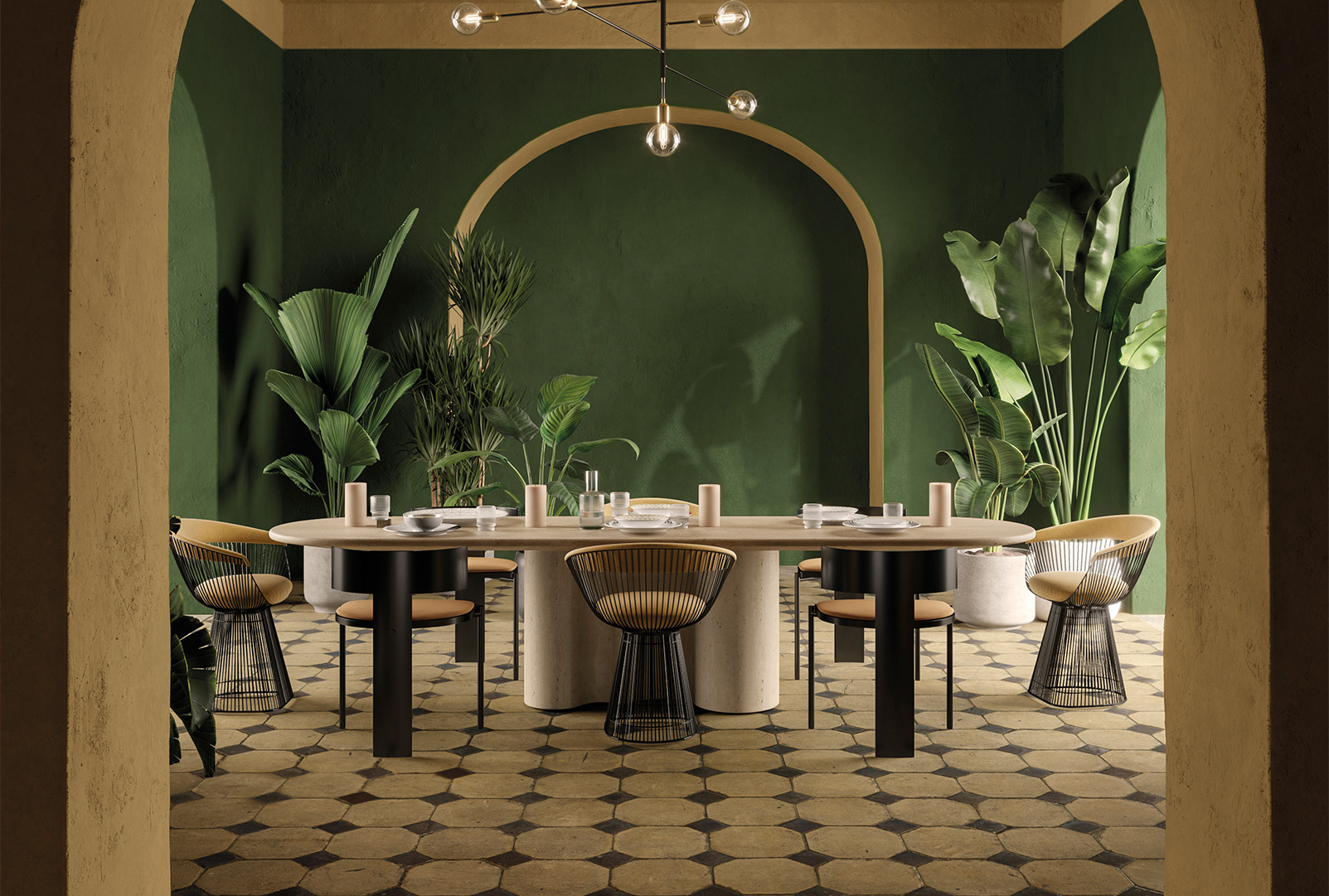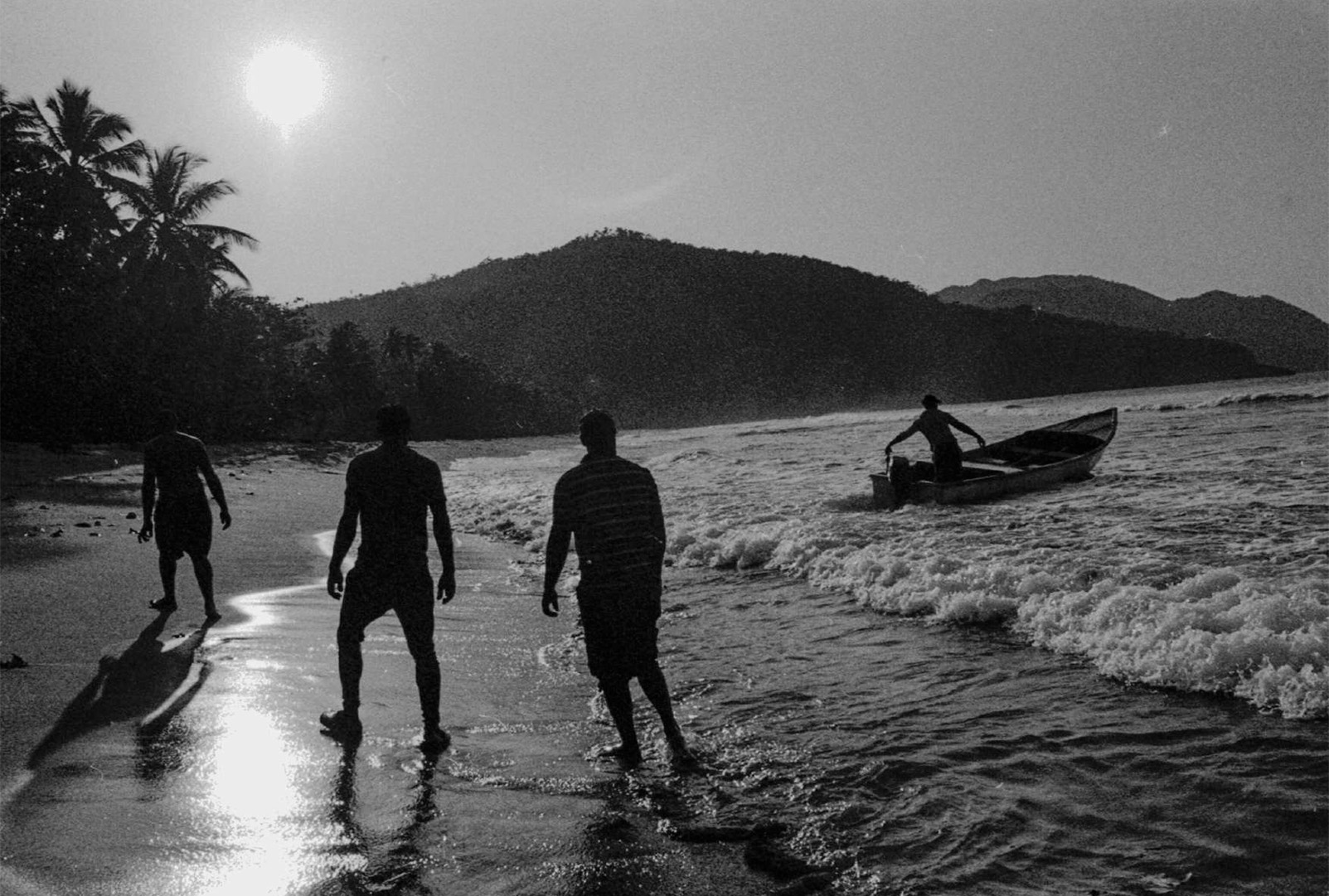Pere Ortega, the architect behind LABASAD’s Creators’ Playground stand at OFFF 2025
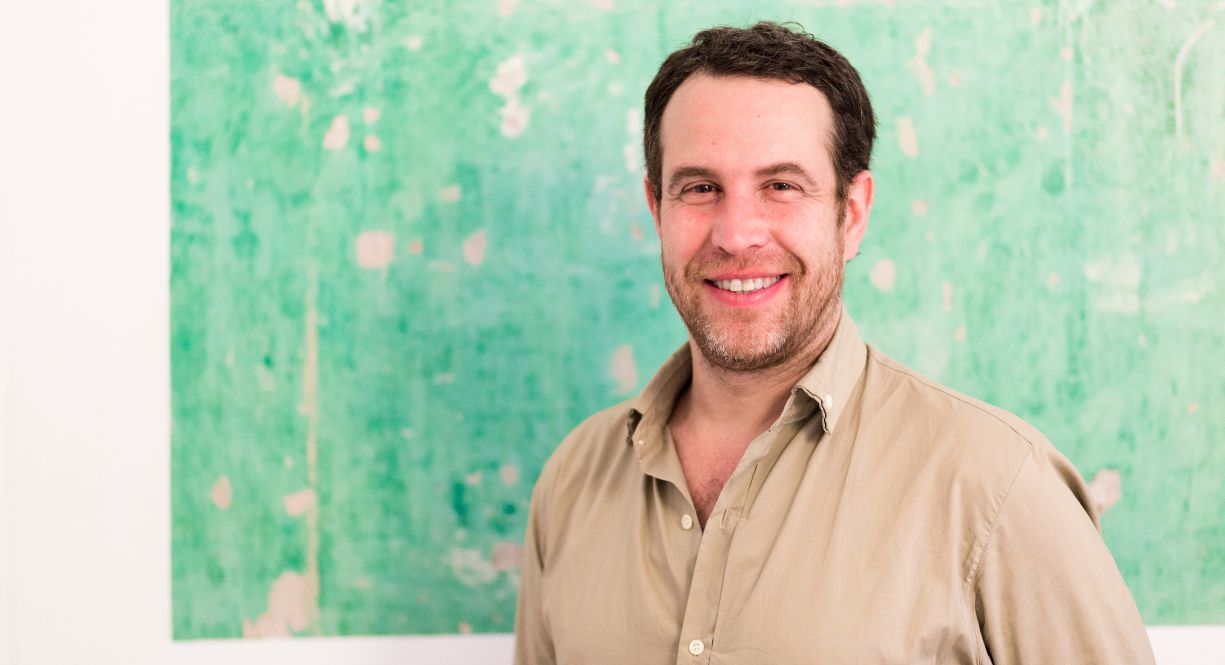
Pere Ortega, director of the Master’s in Temporary Space Design at LABASAD, was responsible for designing and overseeing the stand’s architecture at OFFF 2025.
From 8 to 10 May 2025, Barcelona celebrated the 25th anniversary of the OFFF Festival, the leading international event in digital design, creativity and visual culture. Leading brands such as Adobe, Procreate, Houdini and Maxon shared the Disseny Hub space with creative studios, emerging artists and educational institutions. Among them was LABASAD, taking part for the first time as an Educational Sponsor with an interactive yet conceptual proposal: the LABASAD Creators’ Playground.
The design and creative concept of the stand were devised by Florence Birebont, the school’s creative designer. Florence proposed a playful, digital experience that reflected LABASAD’s values and community. To bring this vision to life, an unprecedented collaboration was launched between several master’s directors, each contributing their expertise from their own discipline. The result: a collective project where design, interaction, architecture and pedagogy came together in a coherent and fluid way.
Adrià Chalaux and Albert Moreu, co-directors of the Máster Online en Programación para Creativos, designed and developed three interactive brand activations that brought LABASAD’s philosophy to life in a playful and digital way. At the heart of it was a giant screen connected to a custom-made collaborative drawing app, which allowed visitors to draw, write, or leave their mark in real time. Marco Ontano, director of the Online Master in Creative Direction, led a workshop entitled Less Genius, More Human, focused on the human value within the creative process. And Pere Ortega, director of LABASAD’s Máster Online en Diseño de Espacios Temporales y Arquitectura Efímera, played a key role: giving architectural form to that entire conceptual universe.
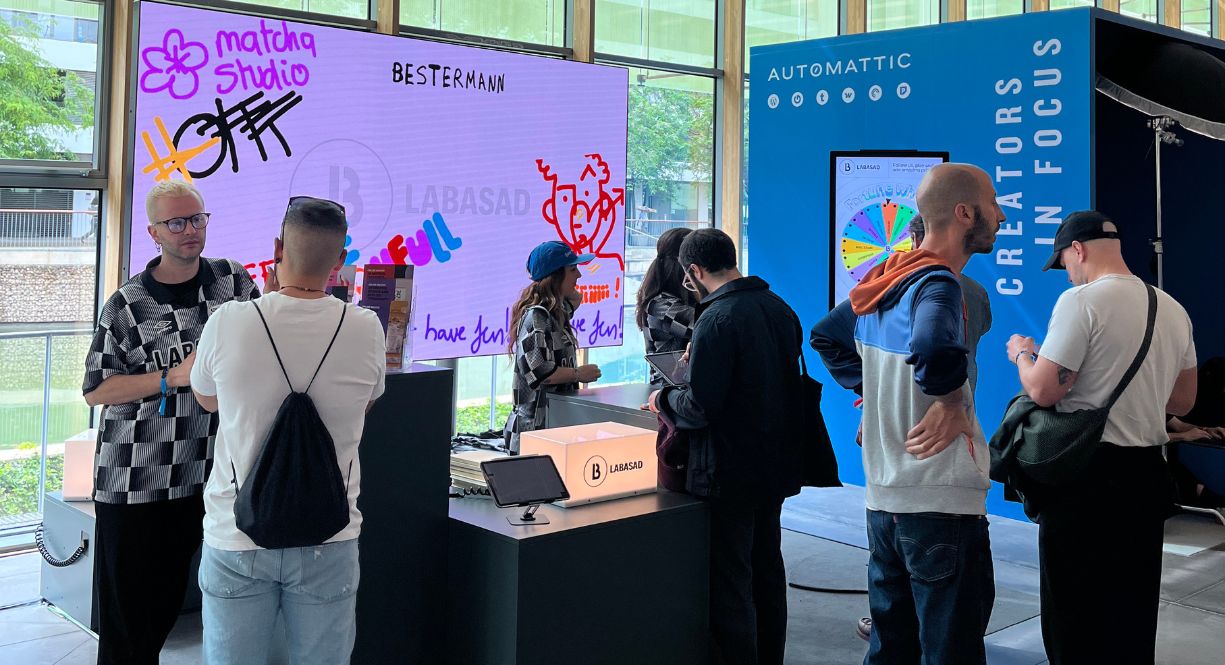
Pere Ortega is an architect at Saeta Estudi, his professional architectural practice, and at ColourCommunity. He has collaborated with brands such as BMW, Lladró and Roca, as well as with cultural institutions including the Picasso Museum, CCCB, Fundació Miró and IVAM.
“From the very beginning, I understood that the stand should not stand out for its architecture. My role was to contain, support and enhance the proposed experience. The LABASAD stand was a project of containment.”
Far from opting for a showy or spectacular structure, Pere Ortega designed a neutral, functional and aesthetically refined architectural environment, which served as a silent framework for the app, screens and public interaction.
One of the most personal touches was the reinterpretation of the school’s logo using warm light boxes, which contrasted with the cool light of the digital screens. A symbolic gesture that brought warmth, depth and an immersive atmosphere without being intrusive.
Pere also oversaw the entire construction process, working closely with suppliers Avanti and Custom. From defining the lacquer on the modules to the carpet finishes, no detail was left to chance. “We made around four technical visits. Every detail was meticulously reviewed: the edge trims, the grey tone, the choice of materials… Working with Avanti was easy. They’re professional, rigorous and human,” he explains.
During the stand’s installation, Ortega was on-site to ensure everything was executed as planned. And during the festival days, he experienced the outcome as a spectator. “I watched how people interacted with the space, how the experience unfolded. I confirmed that everything worked: useful, visually clear and structurally honest. That’s what satisfies me most,” he says.
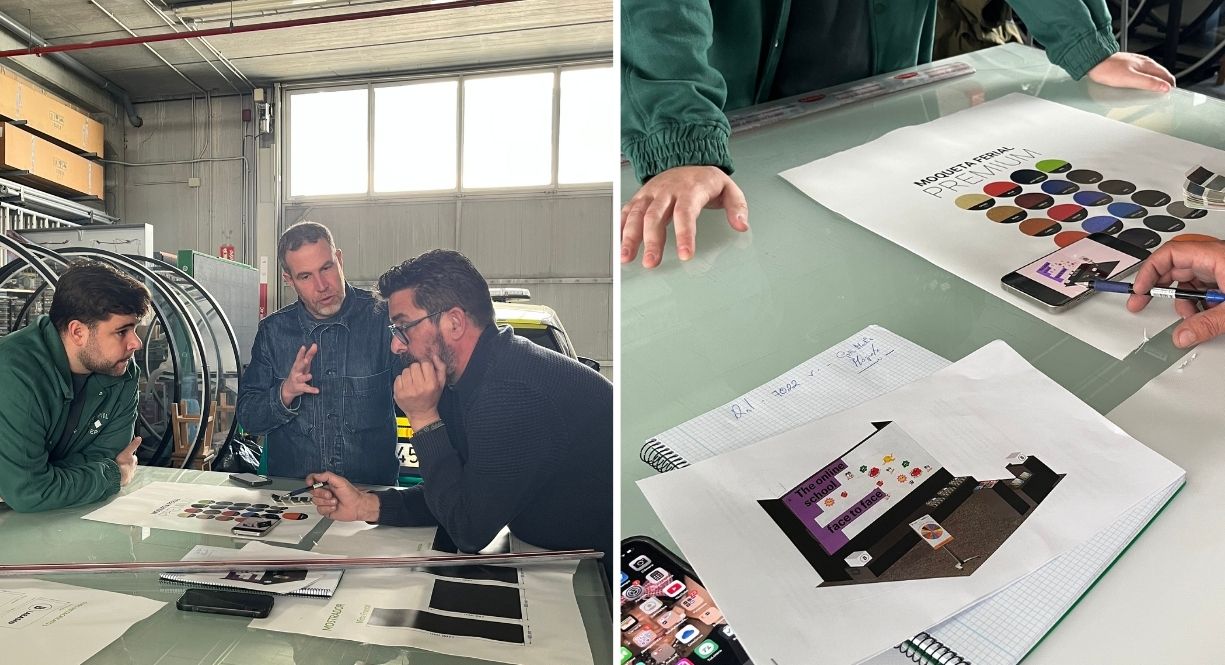
Pere Ortega’s work at OFFF is a real and tangible expression of what he teaches in LABASAD’s Máster Online en Diseño de Espacios Temporales y Arquitectura Efímera. This programme tackles one of the most complex and stimulating challenges in architecture: the design of ephemeral spaces, understood essentially as acts of communication.
“Ephemeral architecture is a tool to generate perceptions. It must connect with the visitor and deliver a clear message within a limited time.”
Throughout the master’s, students tackle exercises of different scales and levels of complexity, with the aim of acquiring professional judgement and autonomy to handle any type of project in this field. Both conceptual and practical aspects are addressed, from creating imaginative worlds to understanding construction and industrial processes, as well as collaborating with professional profiles that complement this type of work.
Although it may seem contradictory, Pere highlights the cohesion generated within the master’s thanks to LABASAD’s online format. Contrary to the belief that virtual environments are cold or distant, he argues quite the opposite. “The groups work brilliantly. Physical isolation makes students come together more strongly. Ideas are shared, bonds are built, debates arise. There is a real sense of community,” he says.
The #Onlive methodology allows students to attend live classes, rewatch them on demand, and take part in additional sessions. Pere, for instance, organised a follow-up session after his visit to the Milan Furniture Fair, where he shared images and reflections with students, keeping them connected to the reality of the sector.

Thanks to Florence Birebont’s vision, the collective effort of the master’s directors and the technical and emotional work of Pere Ortega, the Creators’ Playground was a resounding success at OFFF 2025. A space that did not seek to dazzle with gimmicks, but to let what really matters shine in its own right.
At a festival where everything competes for attention, Pere Ortega’s architecture chose the most subtle and generous path: creating a structure that supports, sustains and engages without imposing. And in that gesture, we find the true essence of his discipline and his teaching: an architecture that is lived and that communicates.

